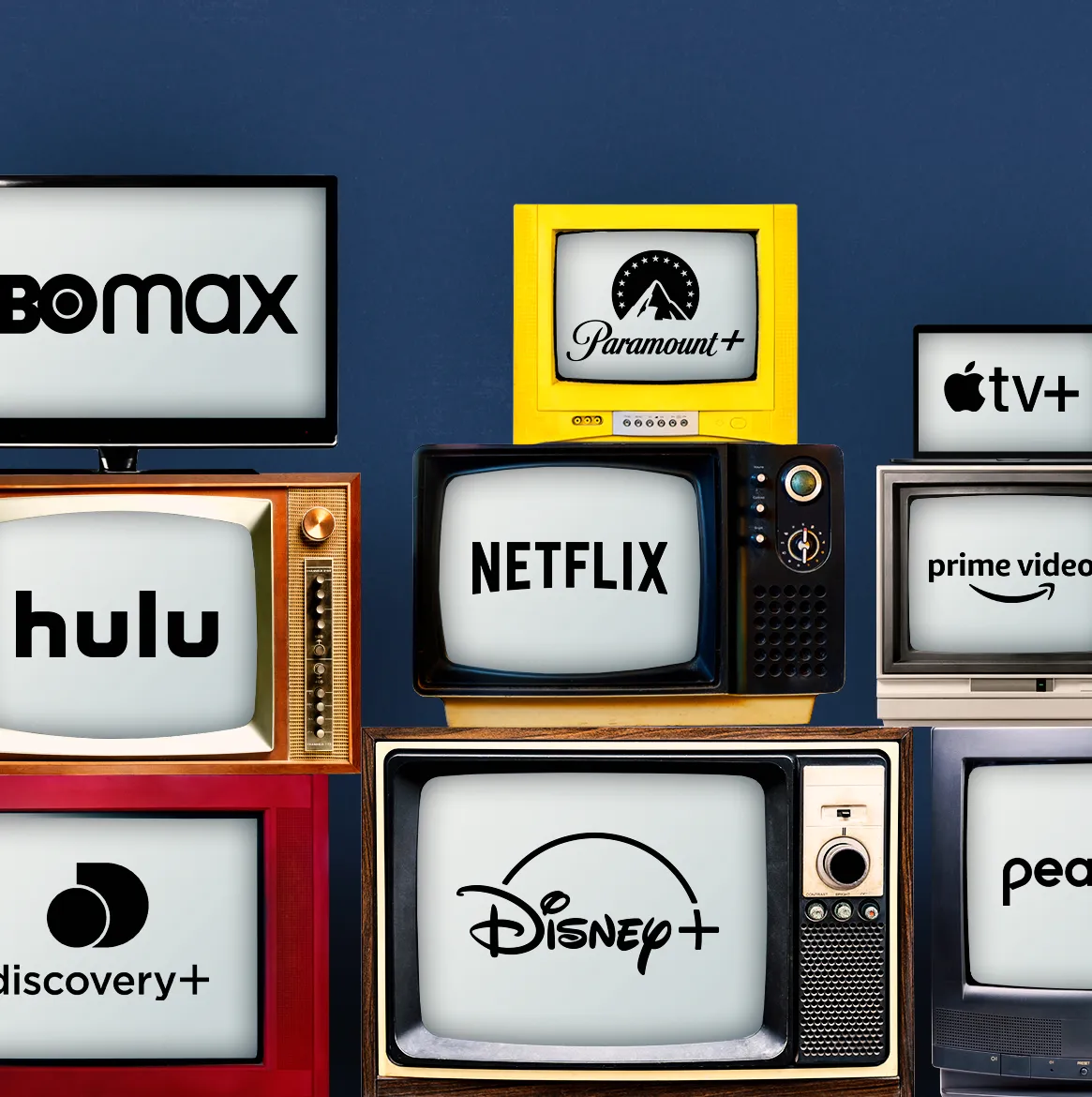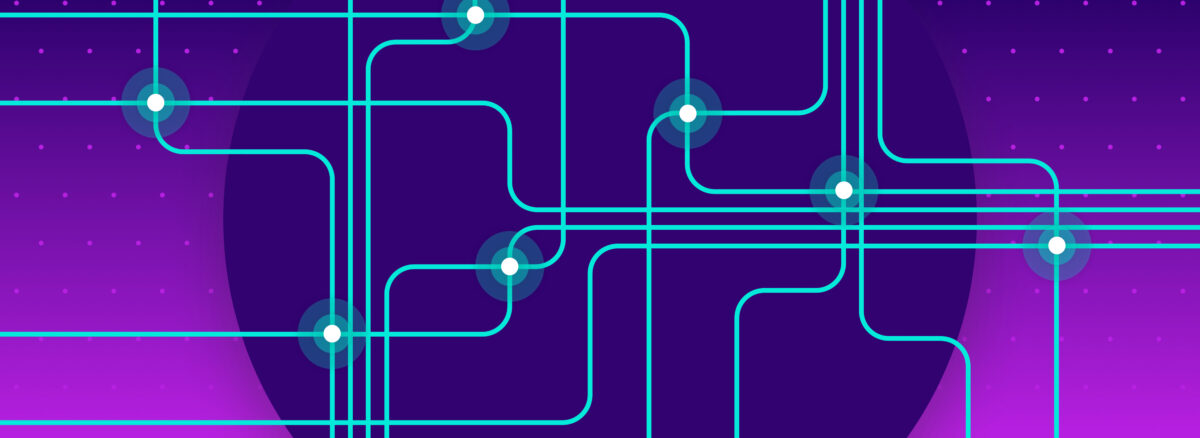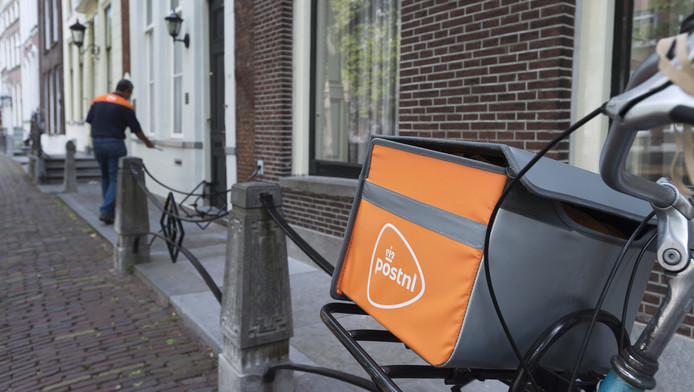Netflix and Spotify have changed the way we consume entertainment over the last two decades. Instead of buying numerous CDs for different choices of songs, Spotify allows users to stream an extensive variety of songs under one platform. Spotify’s model allows listeners to instantly explore millions of songs, create personalized playlists, and have the choice to pay for premium features. Similarly, instead of subscribing to an entire cable package to watch a handful of channels, Netflix creates a platform for consumers to binge all their favorite shows and movies under one platform. Netflix’s model offers on-demand access to movies and shows without the inconvenient aspects like physical rentals or cable constraints.
These approaches worked so well because they addressed these key success factors in technology adoption:
- Pay only for what you want (Relative Advantage)
- Simple to use platform
- Compatible with existing devices
- Trials through free versions
- Short-term subscriptions
Consumers saw the value and the quick adoption rates from early adopters to the mainstream audience. Both platforms unbundled the “traditional” package of music and video consumption. These new models delivered flexibility, personalization, choice, and convenience.
However, we are now experiencing how re-bundling can become a problem. With Disney+, HBO Max, Apple TV+, Prime Video, Hulu, and more, consumers often need multiple subscriptions to access all the content they want. Evaluating and choosing between these options, and managing multiple subscription payments has brought back the problems that unbundling initially solved.
I believe that unbundling was important in the digital transformation of the entertainment industry. However, the next challenge is balancing choice with simplicity. Platforms that can combine personalized recommendations and cross-platform access without forcing consumers to subscribe to multiple services will define the next wave of streaming success. The key question for users is whether unbundled services will continue to deliver value, or whether platforms will evolve to offer smarter, more integrated experiences that make it more convenient to access the content they truly want.
Bibliography:
Fairlie, Mark. “Digital Disrupt: Learning from Netflix.” Business.com, 24 July 2024, www.business.com/articles/digital-disrupt-what-we-can-all-learn-from-the-netflix-model/.






